In other news, our fieldwork in Colorado is slowing down enough to get back to some writing projects! Most of the Colorado birds have fledged the nestlings from their first breeding attempts and are on to their second. Its been brutally hot but today brings some cooler weather and hopefully a bit of rain!
Becca
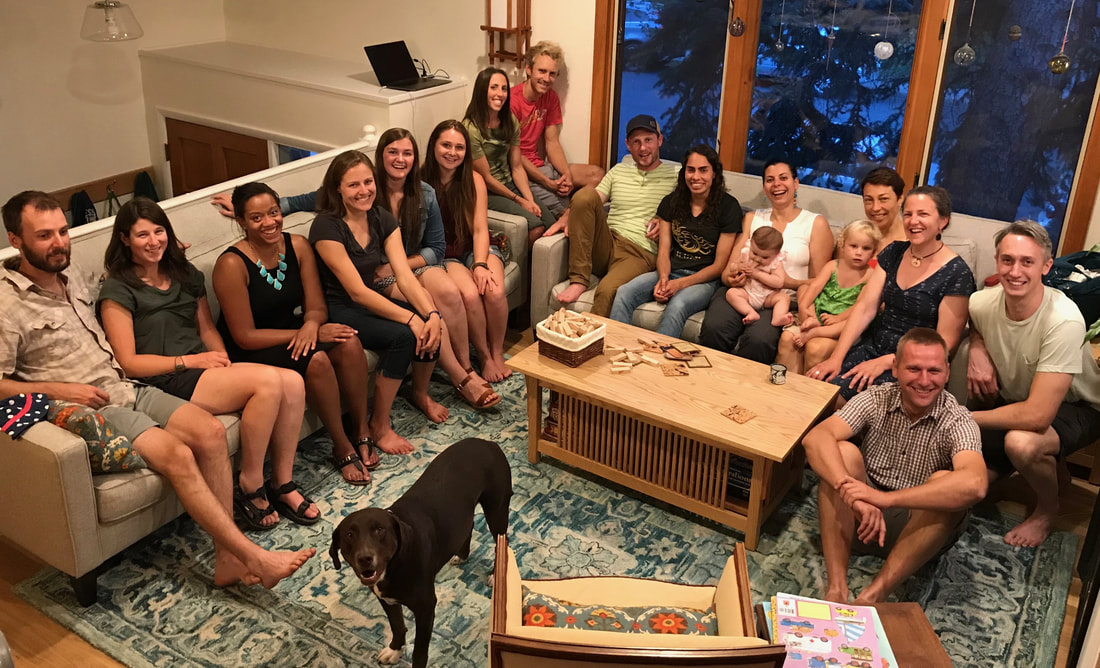
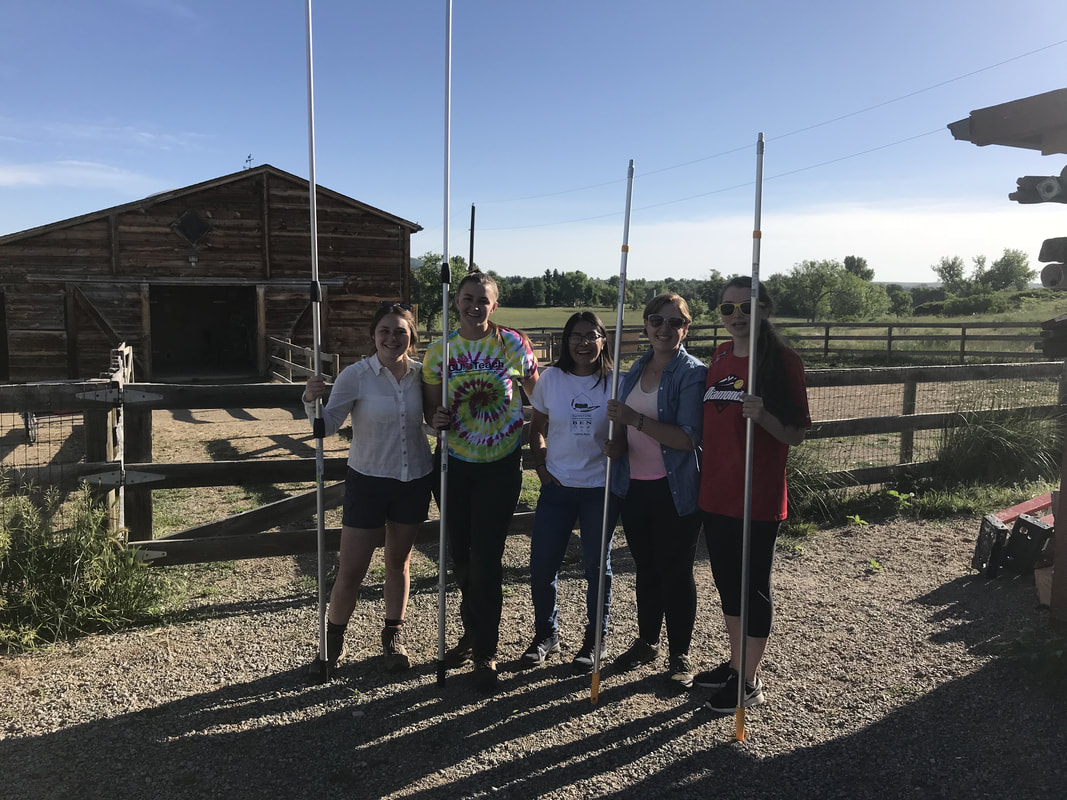
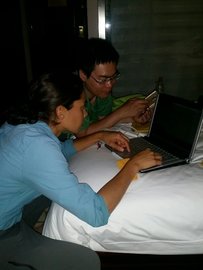
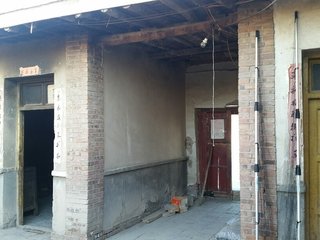
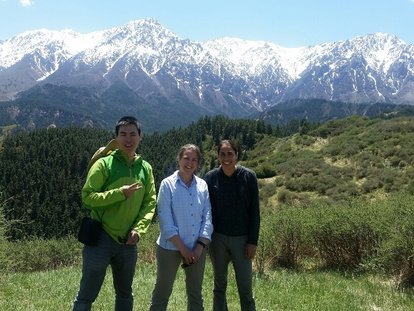
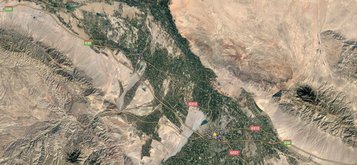
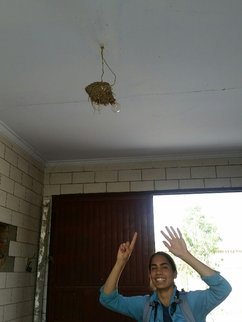
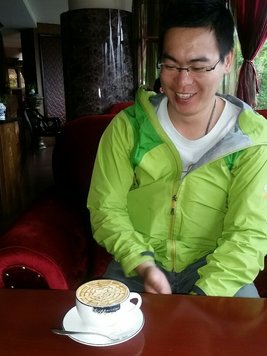
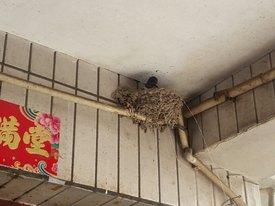

 RSS Feed
RSS Feed
